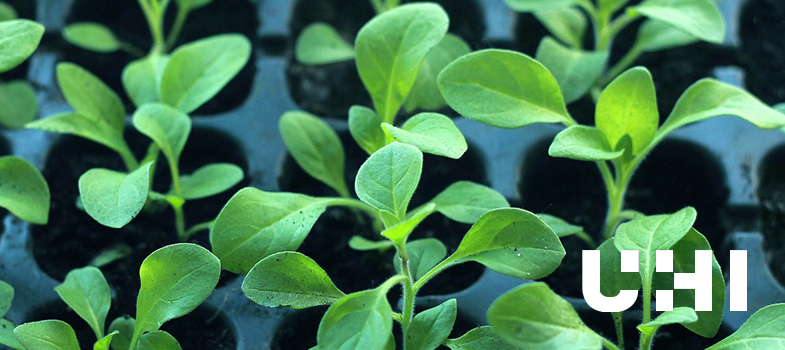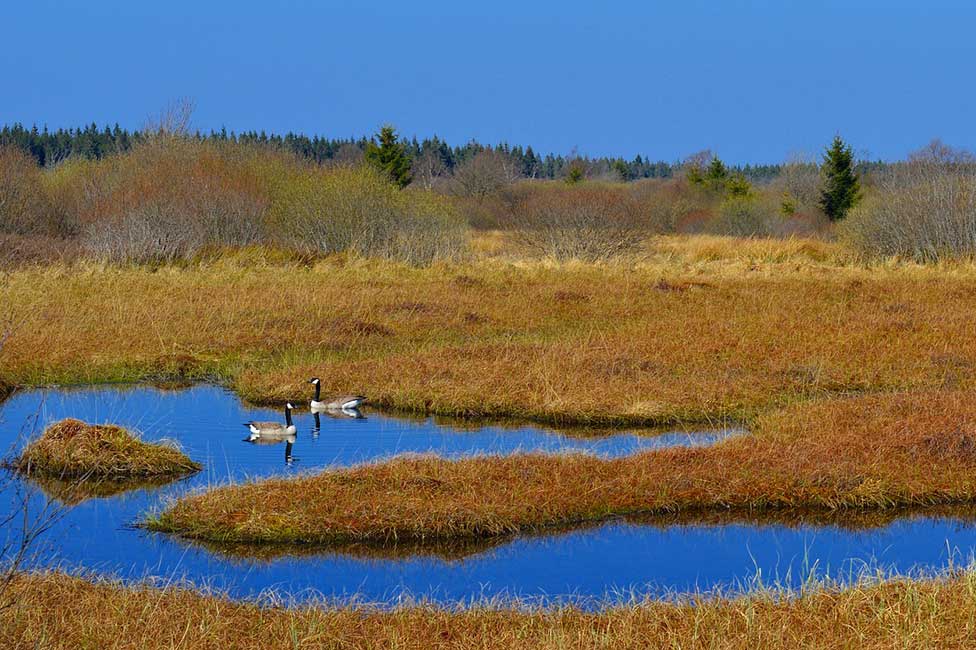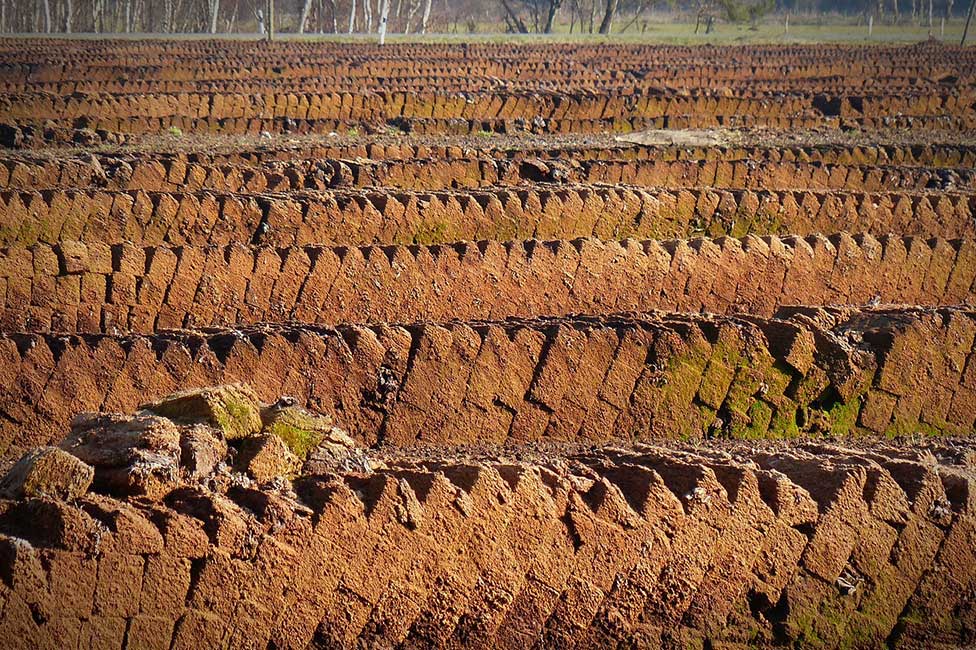Part 1: Propagation by seed
4. Compost
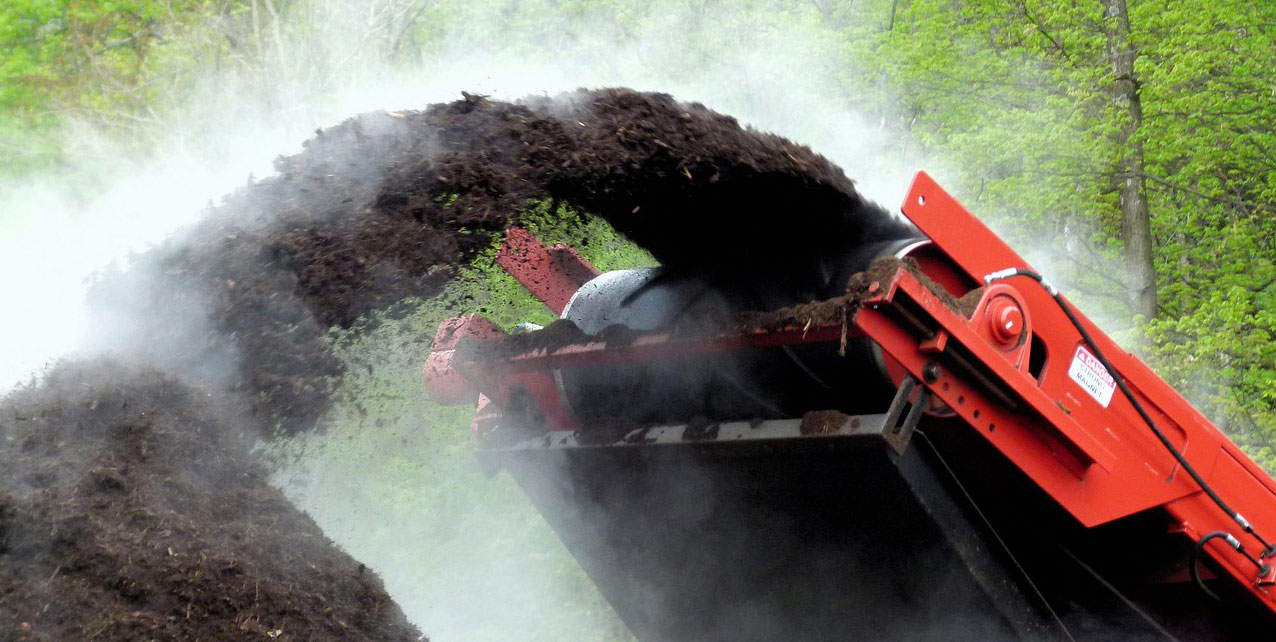
Compost is a spongy and fibrous growing media which is ideal for seed sowing.
It can be made up from either a single substance or a mixture of substances such as:
Peat is harvested from natural peat bogs. It is partially decomposed sphagnum moss and plant material which forms in layers in acidic and anaerobic conditions (without oxygen).
| Pros | Cons |
|---|---|
|
|
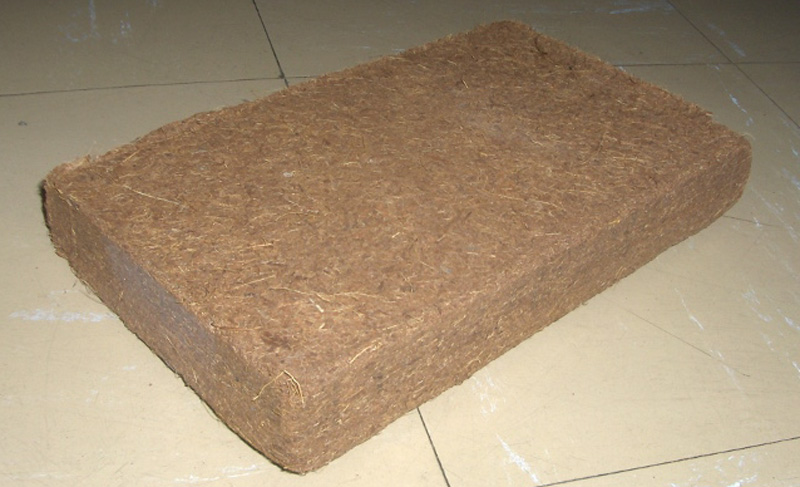
MatiasMiika via Wikimedia / CC BY 3.0
Coir is a natural fibre taken from the outer husk of coconuts. It is pre-treated by being soaked in a calcium solution to remove natural sodium and potassium salts which are high in the pith and then fluffed up and bashed in a mechanical tumbler to break the fibres apart.
| Pros | Cons |
|---|---|
|
|
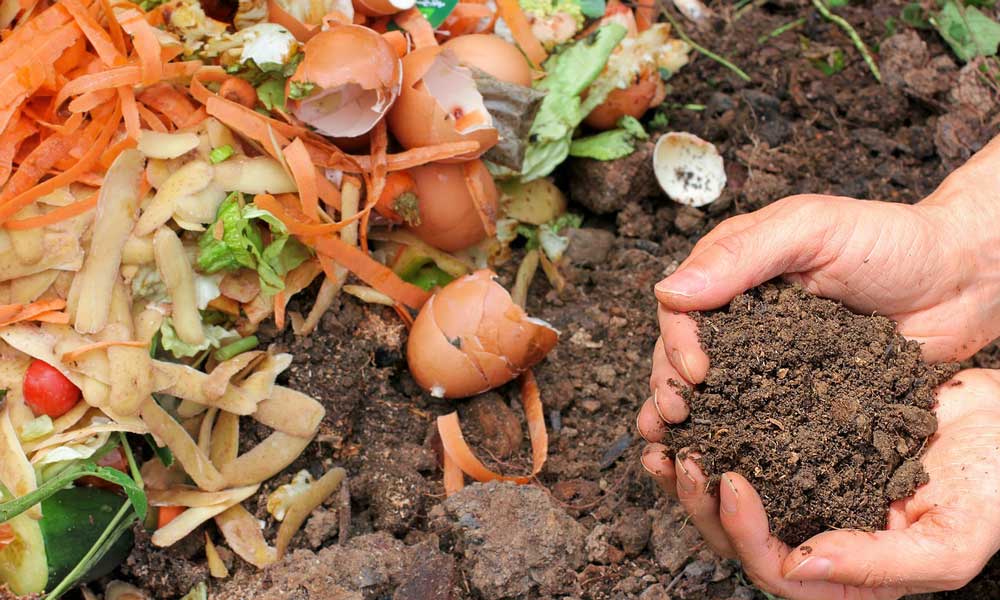
Compost made from decomposing organic waste such as kitchen waste and garden weeds. This can be produced on a home scale for home garden use or on a commercial scale. Some cities provide wheelie bins for garden waste which are then collected and composted to produce excellent compost for sale.
| Pros | Cons |
|---|---|
|
|
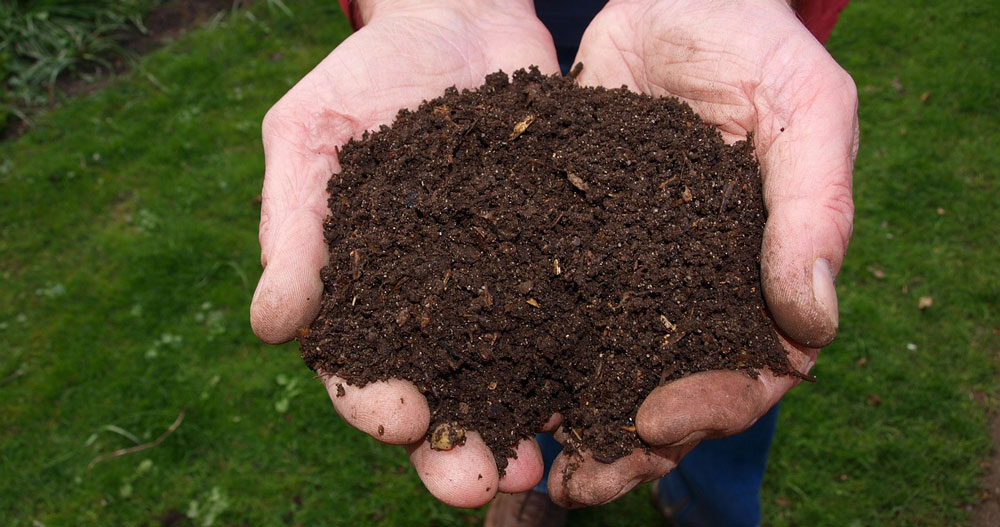
There are a range of branded peat free options, most of which are mixes of growing media such as coir, composted wood chip and wood fibre.
| Pros | Cons |
|---|---|
|
|
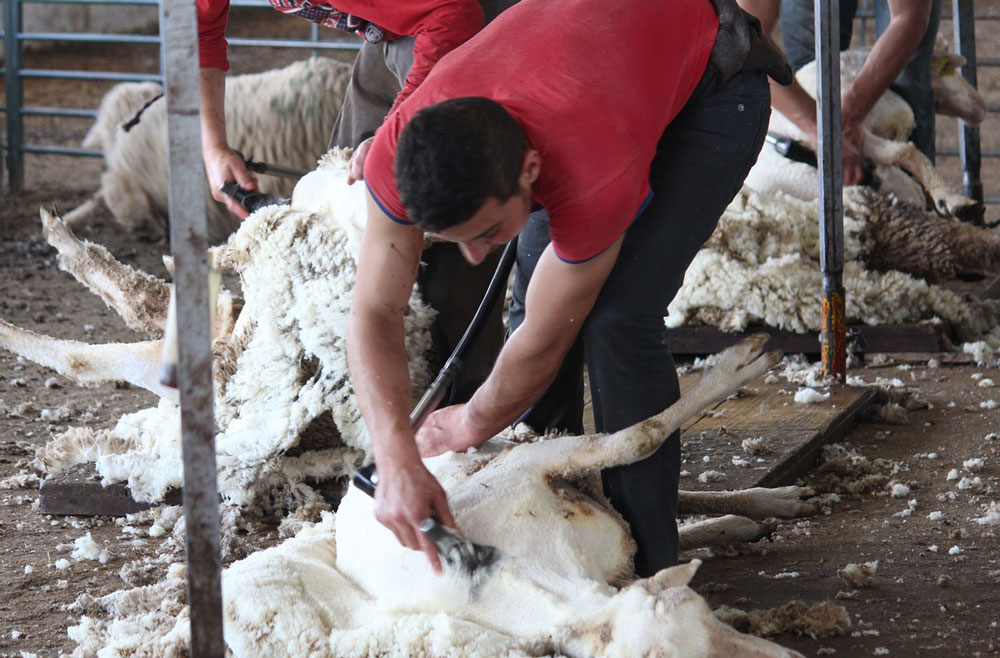
When wool prices are low, sheep’s fleeces are composted to produce a growing media.
| Pros | Cons |
|---|---|
|
|
Research on the internet the environmental impacts of using peat in horticulture. Make notes on what you find. Search an internet video site such as YouTube for ‘harvesting peat in Ireland’ to see the scale of the destruction caused by the use of horticultural peat.
Research sources of peat free compost in your area. How much do they cost? What type of compost would you choose for a commercial seed propagation nursery?
